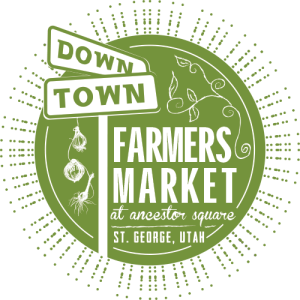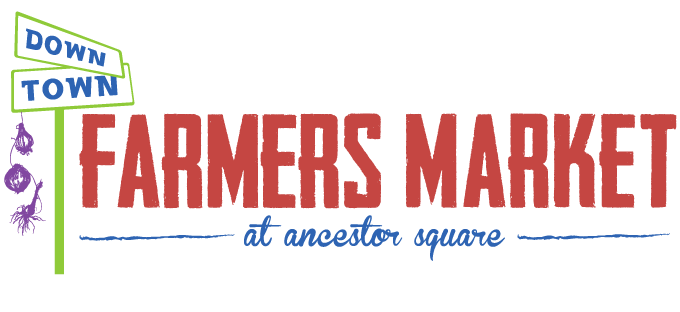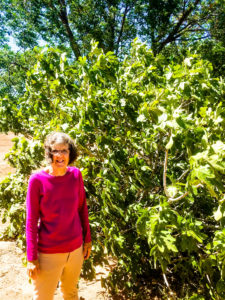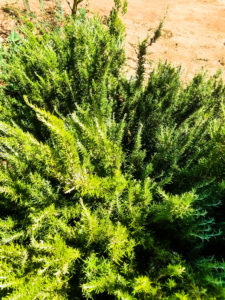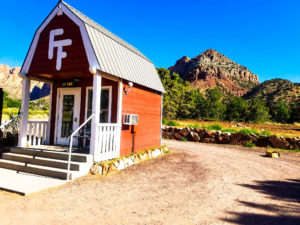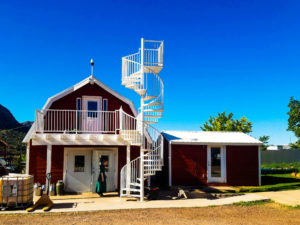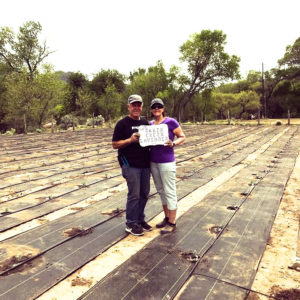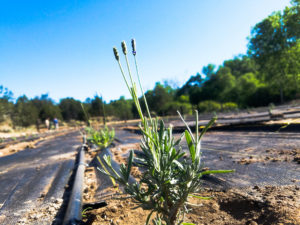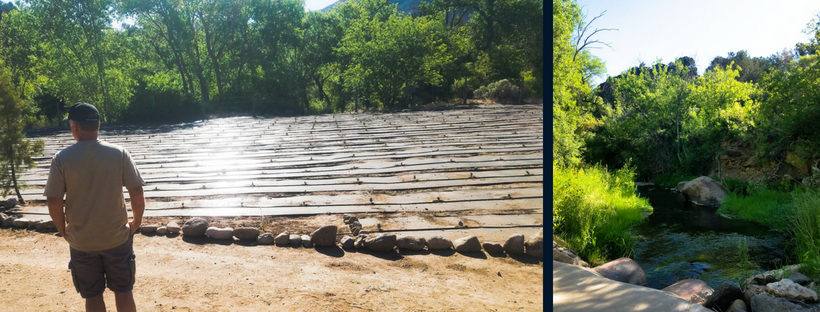Brian and Janet Linder
The farmers’ market prides itself on being local and seasonal. It’s so interesting to watch the back and forth between these two dynamics because it not only applies to the food but to the vendors. There are people who come later in the season because that’s when their crops start going off, or they stop coming, or they start out as an every-other-week participate until things get going. The farmers let us know. One week they’ll walk up and say they’re done and they’ll see us next year. It is sometimes bittersweet but mostly a pleasant reminder of the need to savor the season. Brian and Janet Linder are a great example. They begin the season coming every other week, starting with eggs, then house plants, and gradually produce. Pretty soon Janet will show every week with boxes full of squash the size of your arm. So, when I started seeing her and her wonderful produce more often, I knew a trek to Beryl was in order. She brought me a hand drawn map and emphasized its importance. I nodded and put it in my notebook thinking that Google Maps would probably be more useful. But it turns out that driving around Beryl, Utah is like stepping into a time machine. For example, there is still only one house per block, an open skyline, and everything is referred to by distance from the railroad tracks. I tried my best to navigate my way to the Linder’s but it turns out Google Maps can’t tell the difference between actual roads and private property access roads. I dug around for the map but it was too late, thanks to that wide-open skyline, Janet saw my distress a mile away and drove out to meet me with a smile. “You were doing so good, then you weren’t!” She laughed through her open window. I tried to blame Google but she just waved me off and turned her car around and piloted me to the Linder’s 20-acre plot.
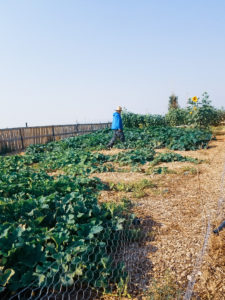
Brian Linder in the front garden.
As I pulled in I could see Brian’s silhouette out watering the green stretch of garden. A stark contrast when placed in front of the dry, gnarly, natural landscape of sagebrush and cactus. Janet said she had blueberry muffins baking for us and that she was glad I was running a little late because it gave them time to cool. I smiled at the storybook scene of eating blueberry muffins on a farm in the early morning sun. Together we walked over to Brian. As we got closer, the indiscernible green patches he was tending began to come into focus. Huge squash leaves the size of my head stretched out in every direction, littered with pops of yellow flowers and hidden zucchini. A scare crow flapped in the wind beside me. We all stood there smiling at the plants for a minute. “Wow, so this is the garden! It’s huge!” I tried to finagle a picture while Brian walked me through the initial layout and how it has expanded over the years. He pointed out many more crops on the back of the property. It was a lot to take in, so it was decided that while Brian finished watering before the heat set in, Janet would show me around.
Janet and I began walking around the property to the other lush, green patches. “So… how did you end up out here in Beryl? Did

The view from the back of the property.
you grow up in St. George?” I asked. “No, we are both from California. We moved out here in 2012.” Janet answered. Without skipping a beat, Janet started filling in the gaps. In California, she had worked her way up to an awesome job with the school district. “I worked all the time. It was a lot of stress and that’s not good for you.” Janet said. Soon she was diagnosed with Lymphatic cancer. She said, “There was a point during chemo where I just looked at Brian and said I’m done. I want peace. I want to live somewhere quiet where you grow me food, and we can live off the land. This isn’t worth it. So, we moved here and that’s what we do. We try to only eat what we grow.” I stopped and shook my head for a second, as if to make sure I heard that correctly, “Wait… You ONLY eat what you grow?” She nodded. “Ya, mostly. We have gotten to the point where we are mostly vegan now. I don’t really even eat eggs that much anymore.” I looked at her hard for a minute waiting for the ‘just joking’ but it never came. I’ve always dreamed of living that way but either through convenience or lack of self-discipline, I’ve never got there. Janet continued, “I buy some gluten-free dairy-free bread, some nuts, and Veganaise but that’s about it.” So many more questions began racing in my head, but all I could think of was, “What do you eat?” Janet laughed. I’m sure, living in Utah, she gets asked this question a lot.
Janet then humored me by walking through a basic menu: sautéed onions and potatoes for breakfast, a veggie sandwich for lunch, then soups or salads for dinner. We turned the corner to another garden with manicured rows covered by wood chips. “This is the potato field. Brian will just dig some up when we need them.” She said it like it was so simple. “The farmers’ market is a hobby. We only sell our excess. We mainly do this to feed ourselves.” A little stunned, I was struggling to find my next question. It was simple. All of it. So why was I struggling so hard with the basic concept? After all, this is how it had always been. It’s only the last few generations that stopped living off the land. The only thing I could think of to ask was, “Well are you feeling better?” Janet gave me a wide smile, “Definitely.” She started walking to the next plot and telling me that since being there she’s been gradually weaning herself off her medications. We approached the next plot which had a tomato pit and the frames of old trampolines cut in half to form the frame of a green house. Janet told me about Brian experimenting with different frames, hoping to find one that would help the plastic casing resist the harsh Beryl winds, “We haven’t succeeded yet. Every year it gets ripped to shreds. Then we’ll go back to Google, look up more stuff, and try again.” She chuckled. Janet quickly pointed to another little plot and we began to head that way.
“Sorry about the weeds, that’s how you can tell we’re organic.” Janet started explaining all the different crops they had rotated through over the years. “A customer at the market will ask for something I’ve never heard of, so we’ll try and grow it.” She said while foraging through a viney plant. She quickly held out a handful of sweet peas. “Here try these. They’re Japanese and super sweet.” I bit into them and sweet, delicious, crispness exploded in my mouth. I awaited the bitter aftertaste, but it never came. “These are AMAZING!” Janet agreed as she popped off dandelion flower heads and ate them. She then pointed out her strawberry patch and the young fruit trees they had planted. I asked how their season had been. “Hot.” Janet replied, I laughed a little knowing I had set myself up for that. I wondered if they had water issues like so many other farmers I knew. “We have a well so water isn’t a problem for us. The only thing is if we have a bad storm and lose power, we can’t get the water out of the ground. We are actually working on trying to get solar panels just to power the well so we don’t have to worry about it.” I tried to imagine being stuck in a power outage with no electricity and no water and sufficiently freaked myself out. I marveled at how matter of fact Janet seemed about the no-electricity-no-water situation.

left to right: the chicken coop, a group of golden comets, and the potato patch.
We circled back toward the house, and walked the route passed the chicken coop. The coop and it’s caged off areas are the mark of the previous owner who was a Beagle breeder. “I wanted to tear it down, not really thinking too much about it, but Brian’s brother pointed out it would be great for chickens, and it’s actually worked out perfectly.” She then went into a deep explanation of the hierarchy of their chickens. How these roosters attack these ones, how these younger ones liked certain areas but get picked on by the older ladies, and how her little army of Golden Comets roam free in certain sections of the yard. I stood totally enthralled by the flock and their movements. Looking up from here, I see the greenhouse built off of the back of the garage. It is expertly assembled from a hodge-podge of salvaged windows. “Brian collected all of these when he had his hauling business. He’s the kind of guy that you could give htwo rocks and he could figure out how to make a living off them!” Janet joked. I nodded silently in agreement as we approached and looked inside. Brian had finished watering at this point and joined us. He started filling me in. The greenhouse sunflower was a volunteer and no one was really sure how it got there, the broccoli plant actually produced broccoli that year, and the tomatoes preferred it in there. I smiled in agreement.

The inside and outside of the green house
As the three of us stood there looking out on the property Janet suggested coffee and muffins inside. We soon found ourselves around their wooden table enjoying the deliciousness of Janet’s baking. Brian gave me the inside scoop about other facts about the garden. How the woodchips that lined most of the beds were sitting in a pile by a city building for months, finally Brian went in and asked if he could have them if he hauled them away. He hoped it would help with the ground rot that potatoes are susceptible to. A very similar story accounted for the huge pile of wood logs that would eventually be used to provide heat throughout the winter. The more he went on, the more I realized the whole property is a testament to resourcefulness and using what you have. It’s like Thoreau’s Walden, but out here there is no pond. Almost everything is recycled, second hand, or salvaged; and everything serves a purpose. I was a long way from the hyper consumerism and wastefulness of modern life. I began to mentally edit my Amazon shopping cart. Realizing I had been there for almost 2 hours, which was way over my promised 45 min, I hurriedly tried to excuse myself, but there is no rushing in Beryl. We talked a little longer and I was sent on my way with a bag of yellow squash and zucchini. I drove back thinking of everything and vowed to live a little slower, eat a little greener, and to simplify. Come and support Janet and Brian every Saturday at the Farmers Market 9 am -noon at Ancestor Square.
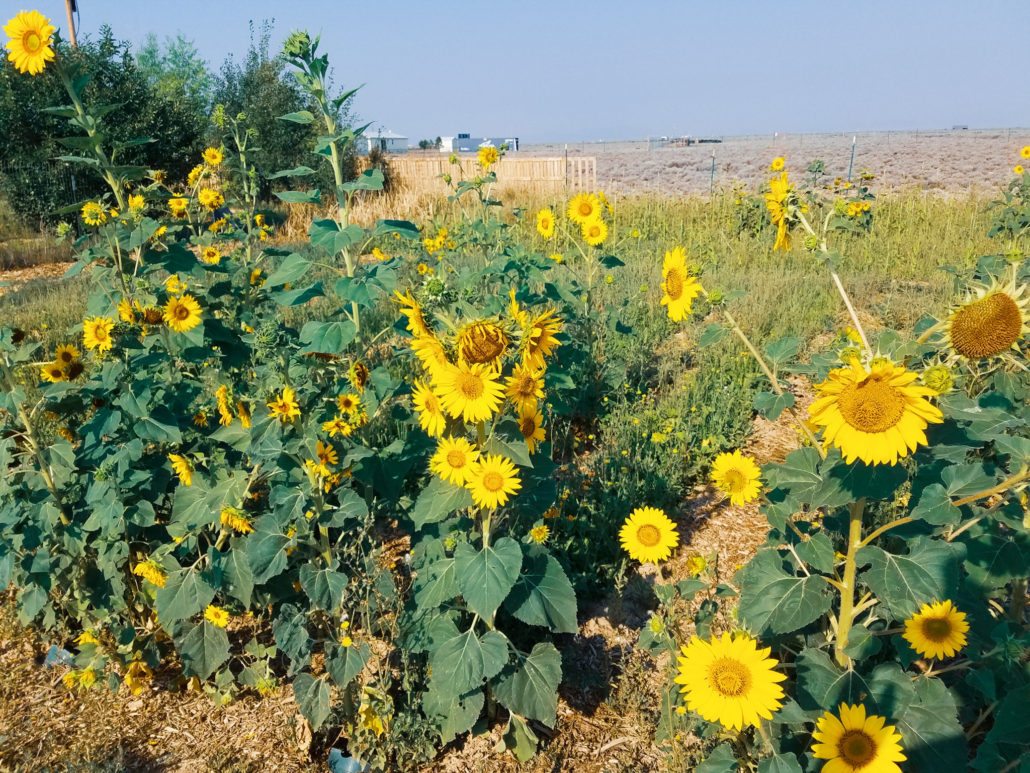
The sunflower patch they harvest for seeds
